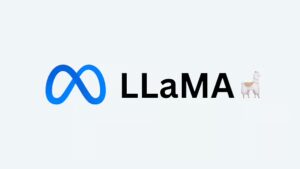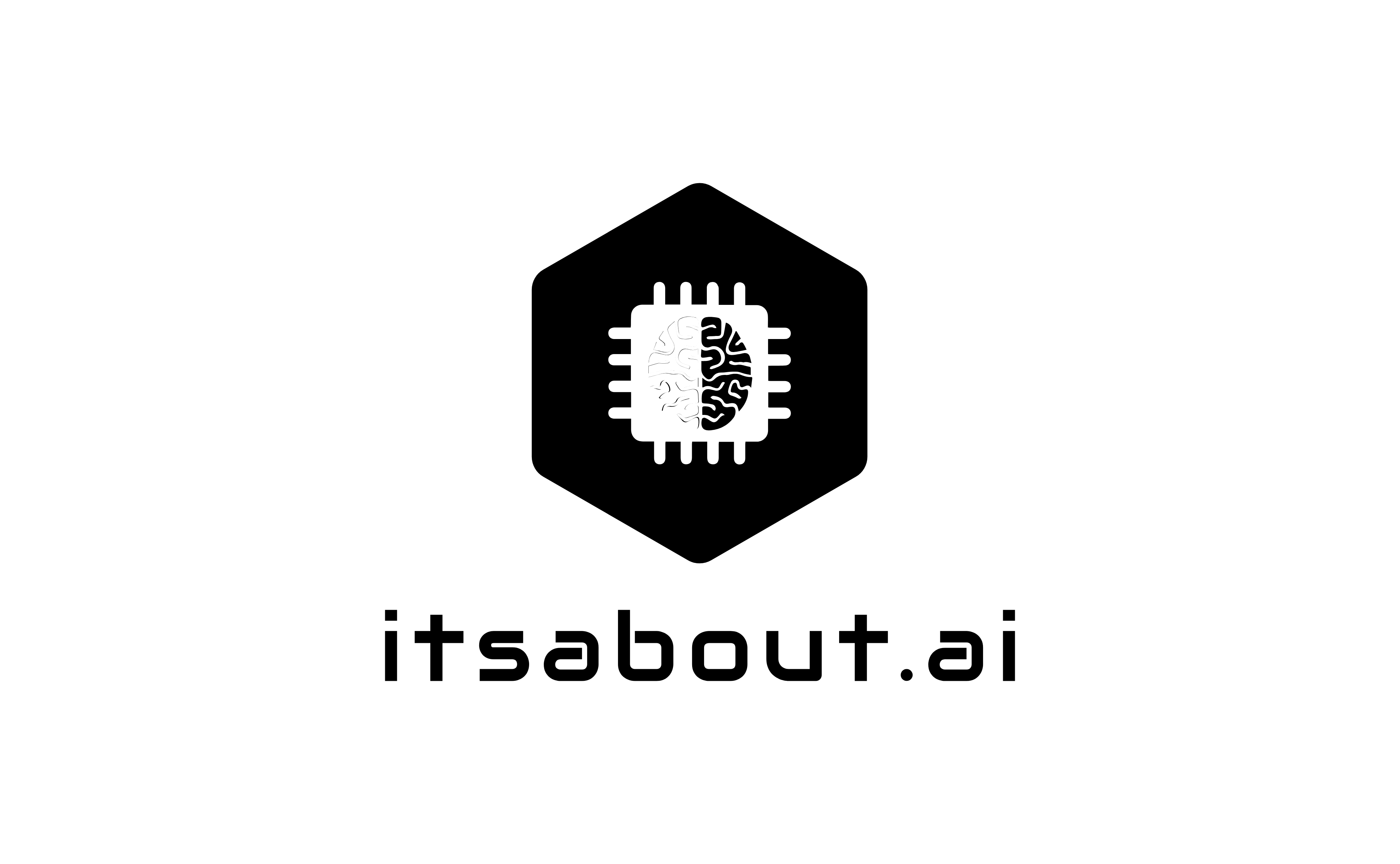Is RAG Still Relevant in a Post-LLaMA 4 World?

Not long ago, I wrote about why Retrieval-Augmented Generation (RAG) is such a pivotal architecture in modern AI workflows, particularly when compared to fine-tuning and training from scratch. The core argument was simple: RAG enables models to stay up-to-date, grounded, and efficient without massive retraining costs. It was (and still is) a pragmatic solution to a practical problem.
But with the launch of Meta’s LLaMA 4—boasting huge performance leaps, impressive reasoning, and state-of-the-art benchmarks—the question naturally arises: do we still need RAG?
What LLaMA 4 Changes

LLaMA 4 heralds a new epoch in base model performance. It is larger, more intelligent, more contextually aware, and, in multi-modal variations, able to incorporate more comprehensive information. Reports indicate that it narrows the disparity with leading models such as GPT-4, Gemini 1.5, and Claude 3 across several tasks—especially in reasoning, instruction adherence, and few-shot generalisation.
These gains reignite an age-old debate: “If the model is good enough, do we even need retrieval anymore?”
For straightforward applications—summarization, fundamental question-and-answer, or elementary document analysis—the response may be affirmative. LLaMA 4 frequently deduces or produces pertinent insights without retrieval. With its expanded context windows, you can input additional data and allow it to process effectively.
However, once you enter the real world—characterized by dynamic, proprietary, domain-specific, or excessively vast information—RAG becomes essential once more.
RAG Isn’t Just About “Smarts”—It’s About Scope
The fallacy is that RAG serves as a support for inferior models. That is inaccurate. RAG enhances even the most robust models by refining their focus, augmenting grounding, and broadening their applicability to real-time or domain-specific scenarios.
Here’s why RAG and eRAG are still essential—even with LLaMA 4:
- LLaMA 4 Doesn’t Know Everything
Regardless of the robustness of the base model, it is trained on a static corpus. If your data is proprietary, updated daily, or not included in the training set, LLaMA 4 is conjecturing. RAG bases its output on your real content. - Model Size ≠ Context Capacity
Notwithstanding prolonged context windows, there exist stringent limitations—both technical and financial. One cannot simply insert a whole knowledge set into a prompt. RAG accomplishes this via clever, dynamic retrieval. - Traceability and Compliance
RAG enables referencing of source papers. This is crucial for legal, academic, and corporate applications where the rationale behind an answer is as significant as the content itself. - Cost and Efficiency
RAG enables the utilisation of smaller, more economical models to attain performance close to state-of-the-art in domain-specific applications. Utilising LLaMA 4, RAG effectively minimises superfluous token consumption and latency. - Enhanced RAG (eRAG) Is Evolving Too
eRAG architectures are beginning to include feedback loops, multi-hop retrieval, re-ranking, and long-term memory. These systems acquire knowledge progressively, a capability that LLaMA 4 lacks inherently without fine-tuning or retraining.
The Future Is Hybrid
LLaMA 4 does not render RAG obsolete; it elevates the stakes. As our foundational models improve, the efficacy of RAG as an enhancement layer increases correspondingly. Consider it in this manner: LLaMA 4 provides the intellect. RAG evokes the recollection.
The evolution of AI agents, copilots, and extended workflows will be characterised by the integration of reasoning from massive models and knowledge retrieval, shaping the next generation of intelligent systems. LLaMA 4 might not need RAG to be useful, but it absolutely benefits from RAG to be trusted, accurate, and up-to-date.
So, Is RAG Still Relevant?
Indeed—more than at any previous time, with the emergence of LLaMA 4 and other cutting-edge models, the role of RAG becomes increasingly significant and complex. It is no longer merely about closing the divide; it is about fostering synergy between static intelligence and dynamic knowledge.
And that’s where the real magic happens.
